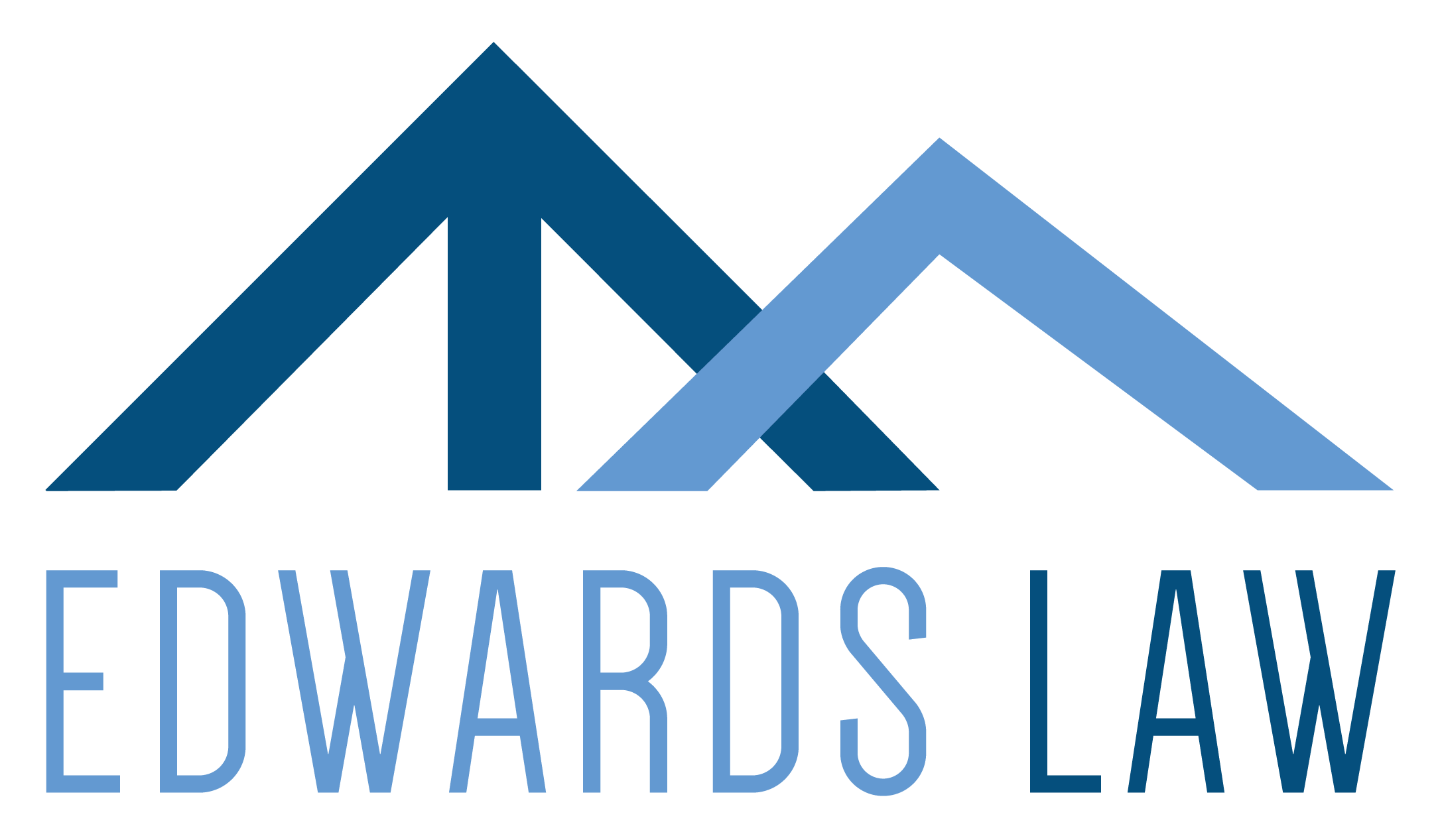
15 Apr What is Litigation and What Happens When You File a Lawsuit?
In the past several blogs we have discussed at great length what your business should be doing to protect itself both before and during litigation, when it suspects a former employee stole trade secrets or is stealing clients. Today’s blog takes a step back to give you and your business a 30,000 foot overview of what “litigation” means, and what happens in a “lawsuit.”
Litigation – An Expensive Fight In Court
The Internet has a couple of meanings for the term “litigation.” One site defines litigation as “the process of taking legal action.” Another defines the term as the:
“Ultimate legal method for settling controversies or disputes between and among persons, organizations, and the State. In litigation process, a case (called suit or lawsuit) is brought before a court of law suitably empowered (having the jurisdiction) to hear the case, by the parties involved (the litigants) for resolution (the judgment). See http://www.businessdictionary.com/definition/litigation.html.
Litigation is indeed one way to settle legal disputes among people or corporations. However, it is not the “ultimate” method—at least not the way Edwards Law understands that term. Simply put, litigation, and the process of filing a lawsuit and getting orders from a judge, is just plain expensive (not to mention scary), and only those who have money to burn can truly feel comfortable settling their controversy in court. The best or ultimate way to handle a legal dispute is to negotiate and settle your matter before it gets to court. However, if you have no choice but to sue, or someone has sued you, here is what you need to know about the process.
Lawsuit – All About Process and Procedure
There are three parts, or stages to a lawsuit: (1) pleading stage; (2) discovery stage; and (3) trial stage. There is also something called an “appeal” stage, but it only comes into play if your business loses in court and you want another judge from a higher court to review your judge’s order.
The Pleading Stage – Where It All Begins
The pleading stage serves the purpose of getting all of the parties in your dispute before a judge; letting the court know that your business has a certain dispute with these certain parties; and that there are proper legal grounds that support your business’s claims against these other parties. The pleading stage will also be used by your opponent to set forth their defenses to your claims, and your opponent can also counter-sue your business at this stage by alleging “counterclaims.”
A lawsuit officially begins when a “plaintiff” (the person or business starting the lawsuit) files a “complaint” or a “petition” with the court. It is the first type of “pleading” that is filed and begins the process of litigation. Once the complaint is formally served on the “defendant/s” (your opponent/s), the clock begins ticking for your opponent to file a “responsive pleading” to the complaint.
There are a number of pleadings. As mentioned above the complaint is the first pleading that can be filed. The complaint identifies the parties, and must provide enough facts to the court and your opponent/s to explain (1) what happened; (2) why the law protects your business; and (3) what you want the court to do to help your business.
After receiving the complaint via proper “service” (i.e. a process server), your opponent is ordered by the court to respond to the complaint within 21 days. Your opponent will have a few options when filing his responsive pleading. He could file an answer, which simply admits or denies the factual statements your business makes in the complaint. He could also file an answer which includes counterclaims; this means your opponent is not only admitting or denying the facts in your complaint, he is also making his own claims against your company. Your company would then have a chance to file a responsive pleading (an answer) and admit or deny the facts your opponent makes in his counterclaims.
Lastly, your opponent could file what is called a motion to dismiss, which asks the court to dismiss your case because the law does not allow or support your business bringing the lawsuit. Your company would have a chance to respond to the motion, and then your opponent would have a chance to reply to your filing.
Once the last pleading is filed or the court denies the motion to dismiss, the case then becomes “at issue.” This means the clock starts ticking for numerous deadlines in the lawsuit. These deadlines differ according to which state you are in, and whether you have filed your case in state or federal court.
The Discovery Stage – Getting Evidence to Support Your Lawsuit and/or Defend Against Claims
The discovery stage is when the parties to the lawsuit discover or collect documents and/or information from the other parties in the lawsuit, in order to (1) prove their own case; (2) defend against claims brought against them; or (3) try to settle the case or dismiss the case based on the law.
Since your company’s claims will be based on what facts you can prove, discovery is the most critical stage of a lawsuit. Without evidence, you will not be able to prove your case to the judge. The judge just can’t take your word for it, no matter how nice and polite you or your attorney are.
The “formal” discovery process is governed by court rules and deadlines, and provides for a number of different tools to uncover the facts and information your company needs. However before you use the formal discovery process to gather your data, it is wise to see how much “informal” discovery you can complete beforehand. This can be done by (1) searching your own business records; (2) interviewing your employees and searching their records; (3) doing a public records search; and even (4) reaching out to your opponent to see whether they would informally provide information or documents. This research will not only help you narrow your search for information in the formal discovery process (saving you money and time), it could give you a better idea about the strengths (or weaknesses) of your claims.
Once you have exhausted the informal discovery process, you can use one or more of the following tools to get more intel:
- Requests for Production: This is a written list of documents that you demand the other side to produce, usually within 35 days. Court rules limit how many requests you can make formally.
- Interrogatories: This is a written list of questions that you demand the other side to answer, usually within 35 days. Court rules limit how many questions you can ask formally.
- Depositions: This is a way to get live testimony from your opponent. Your attorney can require your opponent to appear on a particular day at a particular location, to answer a list of pre-scripted questions about the case. Your attorney can ask your opponent about anything that might lead to relevant or admissible evidence at trial, and your attorney is typically allowed 7-8 hours to ask these questions.
- Requests for Admission: This is a written list of statements that you demand the other side to admit or deny. Any admissions made by your opponent can be used against your opponent at trial. Court rules limit how many requests you can make formally.
While these tools can be helpful, they are very time-consuming for your business and your attorney, and thus very expensive. With the advice of counsel, your company will need to make a judgment call as to which tools are most beneficial and worth the money. This will likely depend on why your business brought the case and what your company has to lose if it doesn’t properly prepare for trial or an effective settlement.
The Trial Stage – Where a Judge or a Jury Gets To Look At Your Case and Decide if you Win or Lose
If your lawsuit has not settled already, this is the part of the case where you present your legal arguments and your evidence to a judge or a jury for a ruling on whether you are entitled to the relief you sought in your complaint. Most lawsuits are decided by a judge, and this is called a “bench” trial. Some cases can and should be tried by both a judge and a jury, and this is called a “jury” trial.
In a “civil” lawsuit (i.e., not criminal), the party bringing the lawsuit will have the “burden of proof” to convince the judge and/or the jury that they are right and that they should win. This means that you must convince the judge and/or the jury that you win based on the “preponderance of the evidence”—more than 50% of the evidence leans in your favor.
While the details of trial are not addressed in this blog post, the trial will generally proceed based on a pre-trial order that the judge and all parties put together before the trial date. The pre-trial order will (1) identify the parties’ claims and defenses; (2) set forth the issues to be decided at trial; (3) set forth the witnesses and exhibits to be presented at trial; and (4) identify any other issues for trial and how they will be addressed. The trial, while very important, it really the end product of much work completed in discovery and behind the scenes in what is called pre-trial preparation.
If you and/or your business has decided to file a lawsuit, or it’s just been sued, contact Edwards Law today. We can tell you what your options are in a free consultation.


No Comments